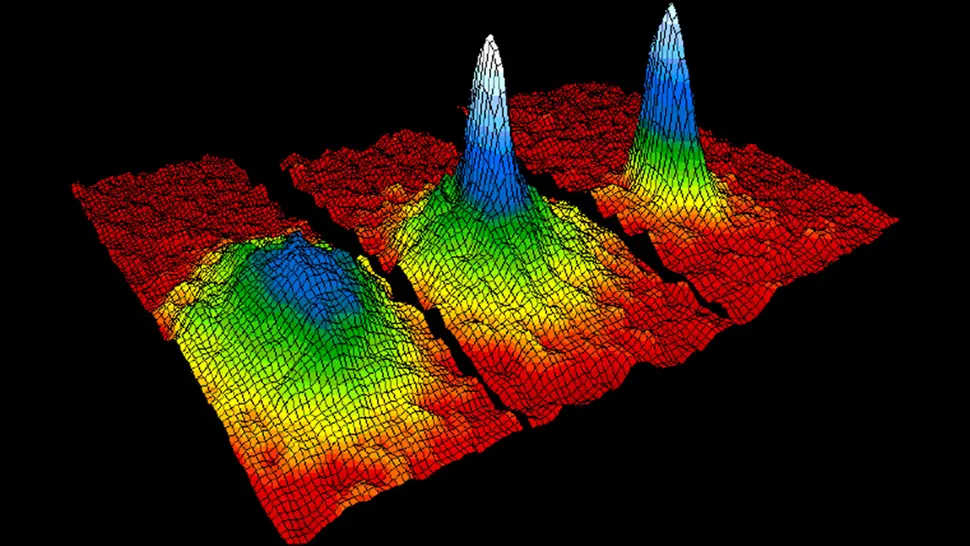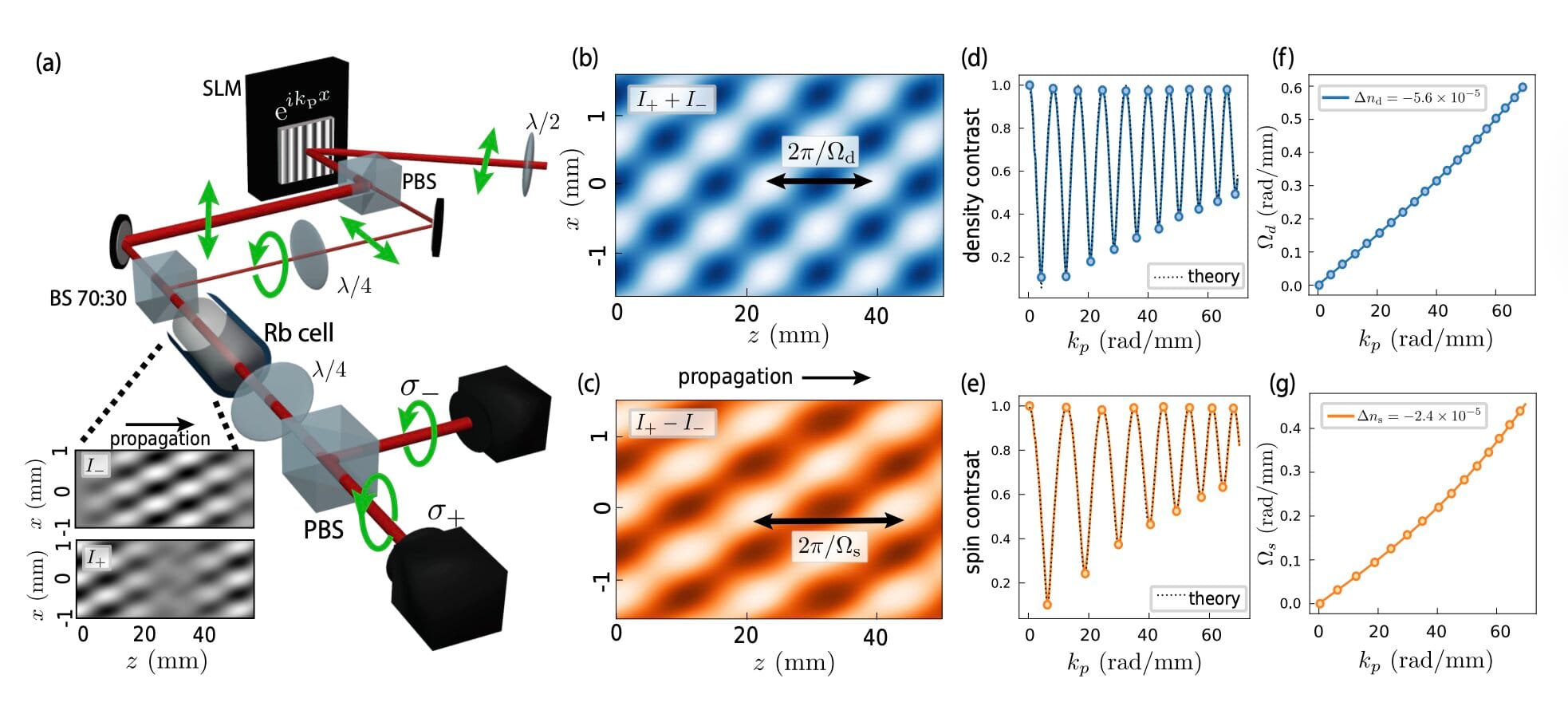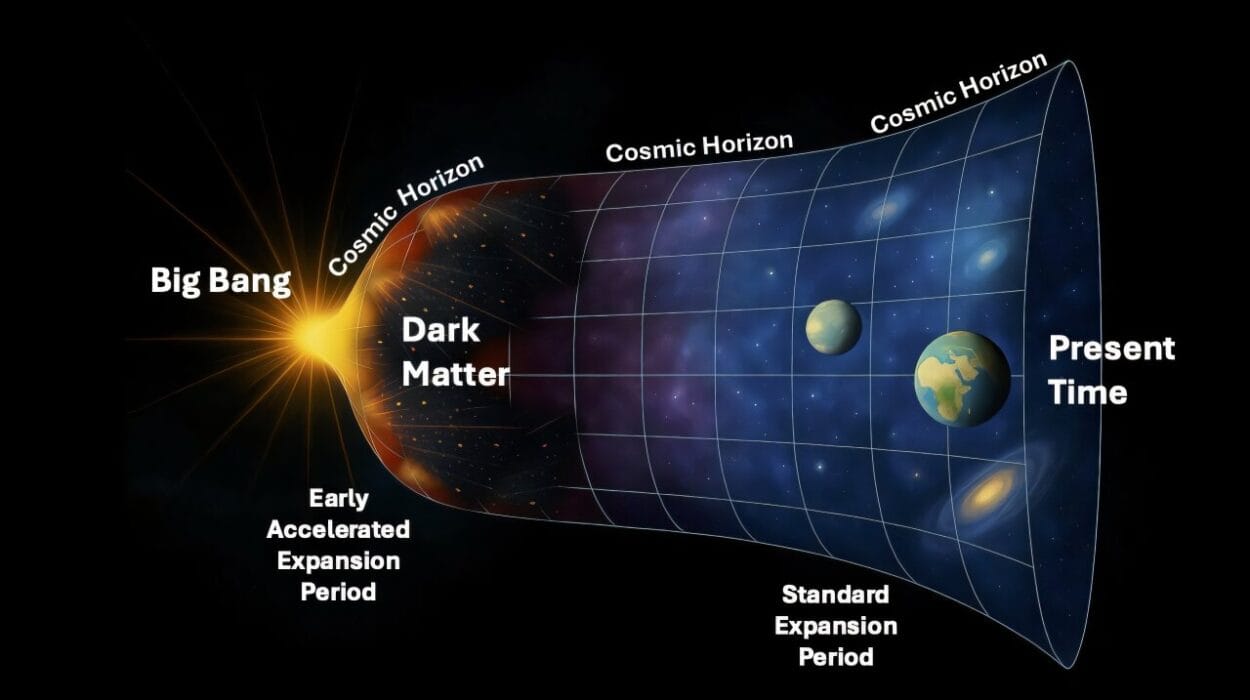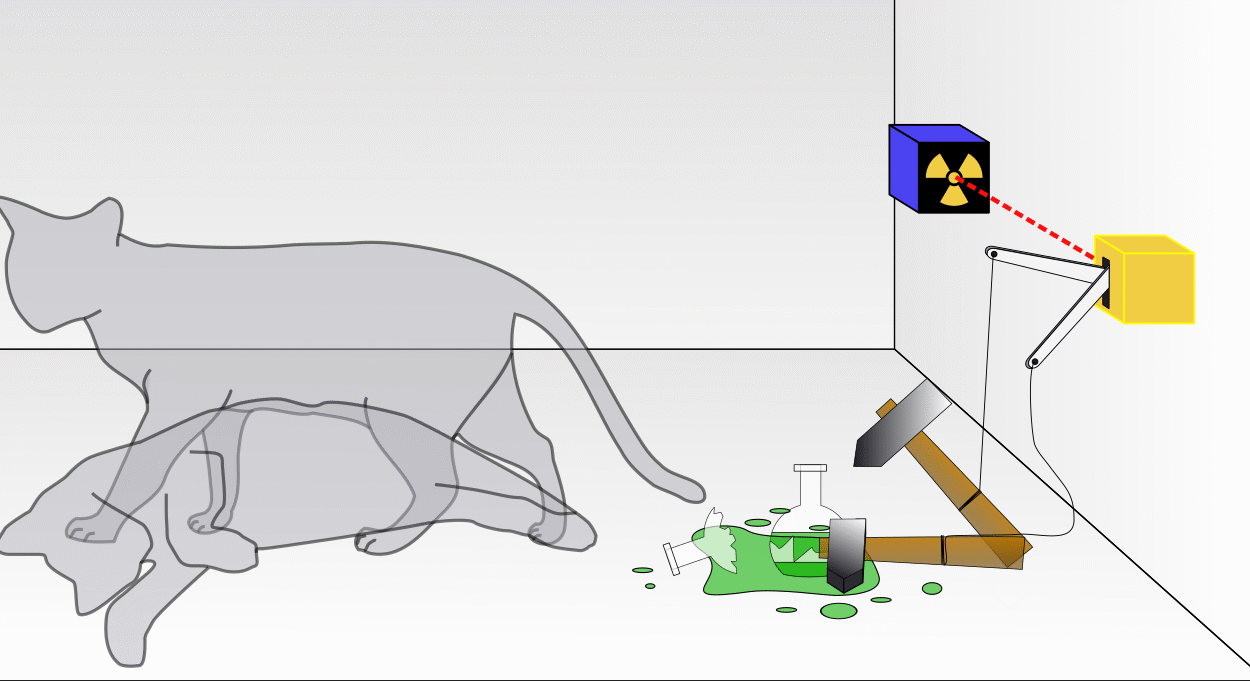When you think of matter, your mind probably conjures images of solids, liquids, gases, and maybe even plasma if you’re feeling scientifically adventurous. These four states are what most of us encounter in our everyday lives, and they behave in ways that are generally intuitive. Ice melts into water, water evaporates into steam, and flames—while a bit more exotic—are still somewhat familiar. But hidden far from the warmth and chaos of ordinary temperatures lies a state of matter so strange, so delicately elusive, that it almost defies the laws of physics as we know them.
This exotic realm is the home of the Bose-Einstein condensate (BEC)—a state of matter so cold and so fundamentally different from anything in our everyday experience that it took nearly 70 years after its prediction to actually create it in a laboratory. The discovery of the Bose-Einstein condensate didn’t just win Nobel Prizes; it opened an entirely new window into the quantum world, where particles move not independently, but in perfect unison, as though they are all part of a single super-atom.
But what exactly is a Bose-Einstein condensate? Why is it considered the “fifth state of matter”? And how does it reshape our understanding of quantum mechanics, temperature, and even the nature of reality itself? Let’s dive into the depths of ultracold physics to uncover one of the strangest phases of existence ever discovered.
The Quantum Background: When Particles Become Waves
To understand what a Bose-Einstein condensate is, we have to take a detour into the quantum realm—a place where the rules of classical physics break down and particles act more like waves than tiny billiard balls. At the quantum level, particles like electrons, atoms, and even whole molecules can exhibit behaviors that seem bizarre from a macroscopic point of view. They can exist in multiple places at once, tunnel through barriers, and interfere with themselves like ripples on a pond.
One of the most important ideas in quantum mechanics is the wave-particle duality. It tells us that every particle is also a wave, and these waves have a wavelength that’s inversely related to their momentum. That means the colder an atom becomes—the slower it moves—the longer its wavelength becomes. At temperatures near absolute zero (−273.15°C or 0 Kelvin), these quantum waves can become long enough to overlap and merge with one another.
Here’s where things get really strange. If the particles involved are bosons—a category of particles that includes photons and certain atoms—they don’t mind sharing the same quantum state. In fact, they love to do it. Unlike fermions, which obey the Pauli exclusion principle and must stay apart, bosons can “pile on” into the same state. When enough of them get cold enough and close enough, they all collapse into a single, coherent quantum state. This, in essence, is a Bose-Einstein condensate.
The Einstein-Bose Connection: A Dream from the 1920s
The story of BECs begins not in a laboratory, but in the brilliant minds of two theoretical physicists separated by continents but united by curiosity. In the early 1920s, an Indian physicist named Satyendra Nath Bose was studying the statistical mechanics of photons. He realized that if photons were treated as indistinguishable particles that could share the same energy state, he could derive Planck’s radiation law in a far more elegant way.
Bose sent his paper to Albert Einstein, who immediately recognized its significance. Einstein extended Bose’s work beyond photons to atoms, suggesting that under extremely cold conditions, atoms themselves could behave like photons and occupy the same quantum state. He predicted that a collection of bosonic atoms cooled to near absolute zero would undergo a phase transition into an entirely new state of matter—a condensate.
This theoretical prediction, however, remained untested for most of the 20th century. The problem wasn’t the theory; it was the temperature. Creating the conditions necessary for a Bose-Einstein condensate required cooling atoms to a few billionths of a degree above absolute zero—a feat that would take decades of technological advancement to achieve.
Creating the Cold: Laser Cooling and Magnetic Traps
To get atoms cold enough for Bose-Einstein condensation, scientists had to overcome some serious challenges. Traditional methods of cooling—like putting something in a freezer—were hopelessly inadequate. Instead, researchers turned to the quantum properties of light itself.
In the 1980s, physicists developed a technique called laser cooling. It works by firing lasers at atoms from opposite directions. When tuned just below an atomic transition frequency, these laser photons are absorbed by the atoms, slowing them down each time they do. Since temperature is essentially a measure of atomic motion, slowing the atoms reduces their temperature.
Once the atoms were sufficiently cold, magnetic traps were used to confine them in space, preventing them from escaping. A second technique called evaporative cooling was then employed, selectively removing the hottest atoms and allowing the remaining ones to equilibrate at even colder temperatures. This is akin to blowing on a cup of coffee to cool it—the hottest molecules leave, and the average temperature drops.
In 1995, nearly 70 years after Einstein’s prediction, physicists Eric Cornell and Carl Wieman at the University of Colorado successfully created the first Bose-Einstein condensate using rubidium-87 atoms. Around the same time, Wolfgang Ketterle at MIT produced another condensate using sodium atoms. The achievement was monumental, earning all three scientists the 2001 Nobel Prize in Physics.
Life in the Condensate: Atoms Marching in Unison
So what exactly happens when atoms form a Bose-Einstein condensate? At this point, the individual identities of the atoms begin to blur. They act not as separate particles, but as a single macroscopic quantum entity. Imagine thousands or millions of atoms all coalescing into a single wavefunction—like soldiers in perfect step, or photons in a coherent laser beam.
This behavior gives rise to some remarkable properties. BECs exhibit superfluidity, meaning they can flow without friction. If you place a condensate in a circular container and set it spinning, it can rotate forever without slowing down. They also show quantum coherence on a macroscopic scale. In other words, their quantum mechanical nature, normally confined to the microscopic realm, becomes visible to the naked eye.
One of the most dramatic visualizations of a BEC is its expansion after being released from a trap. Unlike a regular gas, which expands chaotically, a condensate maintains its shape and symmetry as it grows, like a slow-motion balloon made of pure quantum matter.
More Than Just a Curiosity: Applications and Research
At first glance, Bose-Einstein condensates might seem like a scientific novelty—something cool (literally) but without practical application. Yet their unique properties have opened up entirely new fields of research and technology.
BECs are used to simulate quantum systems that are otherwise too complex to study directly. By adjusting the interactions between atoms in a condensate, physicists can model exotic states of matter such as superconductors, neutron stars, or early-universe conditions. They serve as analog computers for understanding the quantum world.
They also enable advances in precision measurement. Because BECs are extremely sensitive to external influences like gravity or magnetic fields, they are being explored for use in ultra-precise accelerometers and gyroscopes. These devices could one day revolutionize navigation systems that don’t rely on GPS.
In the realm of fundamental physics, BECs allow researchers to probe the limits of quantum mechanics. Experiments involving matter-wave interference, quantum vortices, and entanglement are shedding light on the elusive boundary between the quantum and classical worlds.
The Frontier Expands: Fermionic Condensates and Beyond
Not all atoms are bosons. Many are fermions, including electrons, protons, and neutrons. These particles obey the Pauli exclusion principle and resist crowding into the same quantum state. But under certain conditions, even fermions can form paired states that behave like bosons. When cooled sufficiently, these pairs can also condense into a new kind of superfluid—known as a fermionic condensate.
This phenomenon is closely related to Cooper pairs in superconductors, where electrons pair up and flow without resistance. The discovery of fermionic condensates extends the concept of BECs into a wider range of physical systems, from condensed matter physics to astrophysics.
There’s also growing interest in creating quasi-particle condensates—such as exciton-polariton condensates and magnon BECs—which involve not actual atoms, but collective excitations in materials. These are helping to bridge the gap between BECs and real-world materials, opening doors to next-generation electronics and quantum computing.
The Coldest Matter in the Universe: BECs in Space
In recent years, researchers have taken BECs beyond Earth itself. In 2018, NASA launched the Cold Atom Laboratory (CAL) aboard the International Space Station. This laboratory creates and studies BECs in the microgravity environment of space, where atoms can be trapped and observed for longer periods without falling under the influence of gravity.
The goal is to study the quantum behavior of matter in a purer form than is possible on Earth. Experiments aboard CAL may unlock new insights into quantum entanglement, dark energy, and the fundamental forces that govern the universe.
Philosophical Implications: Unity in the Quantum Sea
Bose-Einstein condensates don’t just challenge our technical skills; they challenge our worldview. The idea that a group of atoms can lose their individuality and behave as a single, unified entity forces us to reconsider the nature of identity, separateness, and even consciousness. Is individuality just a temperature-dependent illusion? At what point does “many” become “one”?
These questions aren’t just poetic musings. They lie at the heart of quantum mechanics, where the boundaries between objects are inherently fuzzy. In a BEC, the atoms don’t just resemble one another; they are mathematically indistinguishable. They share a collective existence, defined not by their positions in space, but by a single quantum wavefunction that stretches across the condensate.
For some physicists and philosophers, BECs represent a glimpse into the deep structure of reality—a reminder that beneath the surface of everyday experience lies a world far stranger, more beautiful, and more interconnected than we ever imagined.
Conclusion: A New State, A New Vision
The Bose-Einstein condensate is more than just a fifth state of matter. It’s a triumph of theory and experimentation, a bridge between the quantum and classical worlds, and a powerful tool for understanding everything from superconductors to black holes. Born from the visionary minds of Satyendra Nath Bose and Albert Einstein, and realized through decades of ingenuity, it stands as one of the most profound discoveries of modern physics.
As technology continues to improve and our understanding deepens, BECs will likely become even more central to physics, technology, and philosophy. They are a reminder that the universe still has secrets to reveal—and that by pushing the boundaries of cold and light, we can touch the very edge of the quantum abyss and bring back knowledge that reshapes our place in the cosmos.





